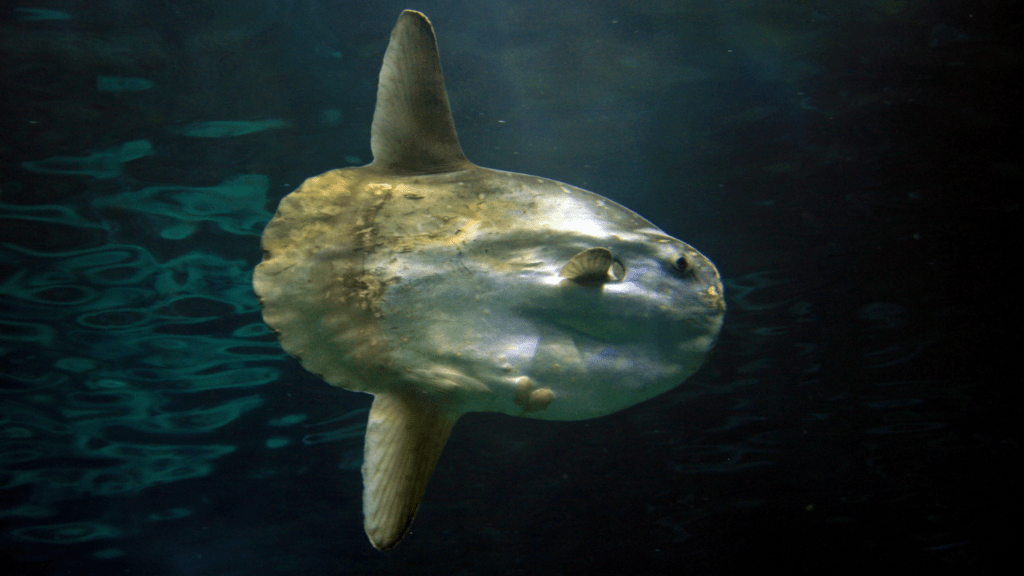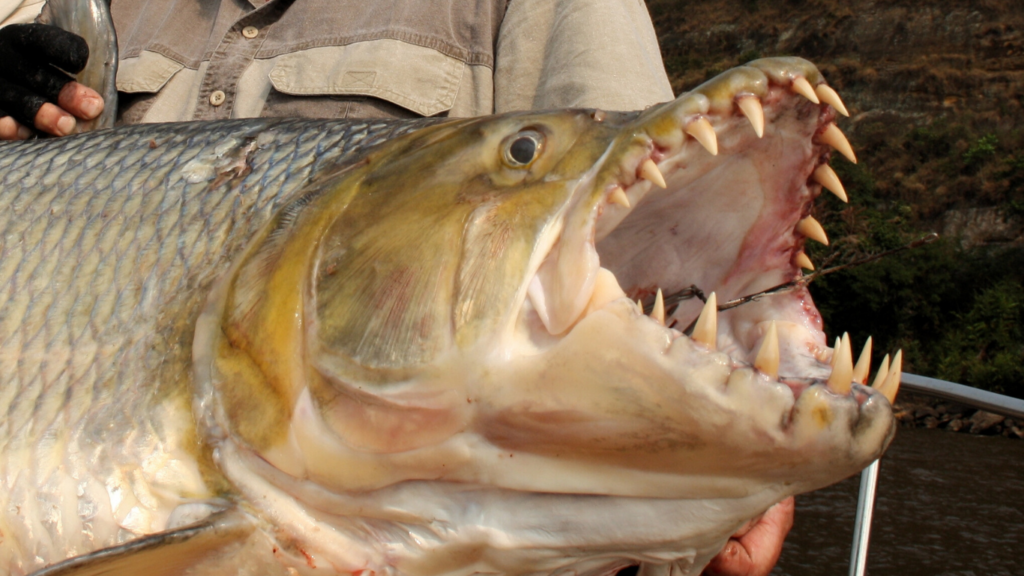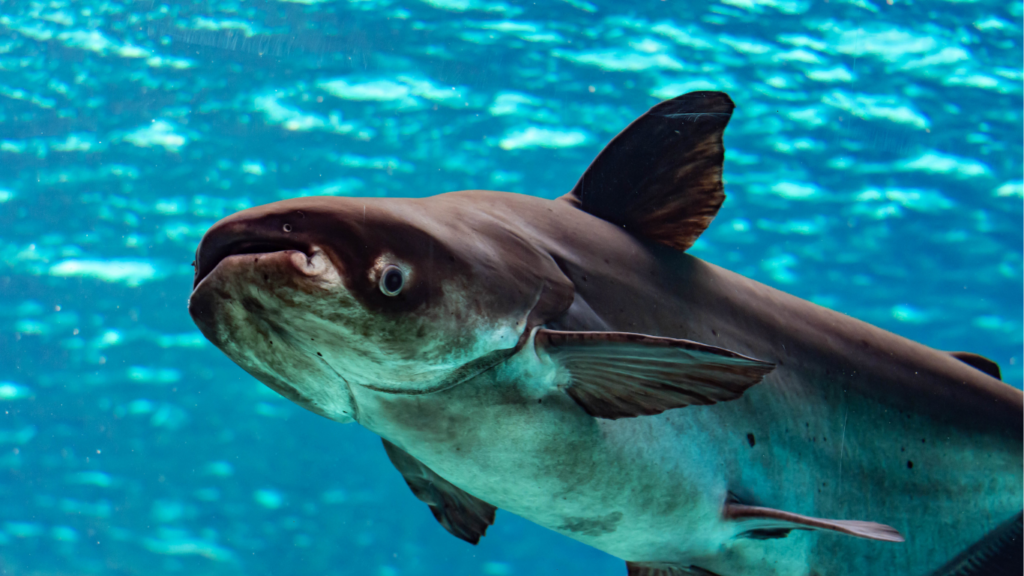An Overview Of Rare And Unbelievable Catches
Capturing rare fish adds a layer of excitement to sport fishing. While some species are notable for their appearance, others stand out due to unique biological traits. These extraordinary catches often make headlines, sparking fascination among anglers and marine biologists alike.
- Frilled Shark: One of the most prehistoric-looking species, the frilled shark has a body resembling an eel and rows of needle-like teeth. This deep-sea dweller is rarely seen and occasionally surfaces in fishermen’s nets, offering a glimpse into Earth’s ancient aquatic past.
- Ocean Sunfish (Mola Mola): Known for its massive size and odd disc-like shape, the ocean sunfish can weigh over 5,000 pounds, making it an unusual and challenging catch. Its docile nature contrasts with its otherworldly appearance.
- Giant Freshwater Stingray: Found in Southeast Asia, this enormous ray holds the title for one of the largest freshwater fish, with some individuals exceeding 13 feet in length. Anglers often describe this species as a mix of beauty and beast.
- Fangtooth Fish: Despite its daunting name and menacing teeth, the fangtooth fish is only a few inches long. A deep-sea inhabitant, its haunting look has earned it a spot among the strangest fish ever recorded.
- Coelacanth: Once thought extinct, this “living fossil” astonished the scientific community when rediscovered in 1938. Its lobe-finned structure represents evolutionary relics from over 400 million years ago.
Rare catches such as these exemplify the diverse and mysterious nature of aquatic life.
The Strangest Fish Ever Caught In The Wild
The underwater world constantly surprises with its bizarre and unearthly inhabitants. From deep-sea realms to murky rivers, a few extraordinary catches stand out for their sheer peculiarity.
The Mysterious Oarfish
The oarfish, known as the “sea serpent,” is one of the ocean’s longest bony fish, stretching up to 36 feet. This deep-water species surfaces rarely, creating a sense of wonder among those who encounter it. Its silvery, ribbon-like body and vibrant red dorsal fin make it visually striking. Notably, fisherman caught an oarfish near Cabo San Lucas in 2003, measuring over 23 feet, leaving marine experts intrigued by the species’ elusive nature.
The Alien-Like Goblin Shark
The goblin shark looks as if it’s from another planet, with its elongated flat snout and protruding jaws. This deep-sea predator, often found at depths exceeding 4,000 feet, amazed researchers when a specimen was accidentally caught off the coast of Japan in 2007. Its translucent pink skin and terrifying appearance earned it a reputation as one of the ocean’s strangest species. Despite its intimidating look, the goblin shark is a slow swimmer, relying on its unique jaw mechanics to catch prey.
The Giant Freshwater Stingray
Among the largest freshwater fish, the giant freshwater stingray has astonished anglers due to its size and unique form. One remarkable example occurred in 2022, when Cambodian fishers caught a 661-pound stingray in the Mekong River, setting a record for the heaviest freshwater fish caught. This massive creature spans up to 16 feet in length, with disc-like pectoral fins enabling it to navigate murky riverbeds. Its rarity and giant proportions highlight the biodiversity hidden in freshwater systems.
Unusual Methods That Led To These Discoveries

Capturing rare fish often involves innovative approaches. Some of the most extraordinary catches were made possible by unconventional techniques and advancements in deep-sea exploration.
Unconventional Fishing Techniques
Unusual fishing methods have delivered remarkable finds. For example, anglers targeting the massive ocean sunfish have used specialized nets strong enough to handle their weight. In 2022, the record-setting 661-pound giant freshwater stingray in the Mekong River was caught using handlines with reinforced hooks designed for extreme loads. Additionally, deep-dropping techniques were crucial in catching elusive species like the fangtooth fish, which thrive at depths exceeding 16,000 feet.
In areas where technology can’t substitute for human insight, local knowledge has often played a critical role. For instance, the oarfish, nicknamed the “sea serpent,” was captured with the aid of fishermen who studied its rare appearances after storms, using targeted strategies to encounter this deep-water giant near the surface.
Role Of Deep-Sea Exploration
Advancements in deep-sea exploration have enabled discoveries of bizarre fish species. Submarines equipped with advanced robotic capabilities and lighting systems have reached extreme depths, such as 4,200 feet below the ocean’s surface, where the first goblin shark was caught near Japan in 2007. Without these technological tools, its terrifying elongated snout might have remained unknown.
The rediscovery of the coelacanth highlights the importance of deep-sea observation methods. Thought extinct for 65 million years, it was identified during a trawl net operation off the South African coast in 1938. Sonar scanning and remotely operated vehicles now allow researchers to encounter such “living fossils” in their natural habitats, providing a clearer window into Earth’s underwater diversity.
Conservation Stories Behind These Unique Species
Understanding the challenges these rare fish face sheds light on the importance of preserving their extraordinary presence in aquatic ecosystems. Conservation efforts aim to protect these species from threats tied to human activities and environmental changes.
These factors such:
- overfishing
- habitat destruction
- climate change
remain key threats to these extraordinary fish. For instance, the coelacanth, often referred to as a “living fossil,” is vulnerable due to bycatch in deep-sea trawling. Likewise, the giant freshwater stingray faces risks from fishing pressures and river development projects disrupting its habitat. The ocean sunfish is frequently caught unintentionally in fisheries targeting other species, while pollution impacts its food sources. Deep-sea species, like the goblin shark, are particularly affected by limited populations and slow reproduction cycles, making them highly sensitive to overexploitation.
Efforts To Protect These Rare Fish
Several initiatives focus on safeguarding these unique species. Marine protected areas (MPAs) restrict fishing in critical habitats, offering sanctuary for fish like the ocean sunfish and coelacanth. Local conservation projects in Southeast Asia work to monitor and protect the giant freshwater stingray by collaborating with fishing communities and promoting sustainable practices. Advances in deep-sea technology aid research efforts to better understand obscure species, like the goblin shark, influencing policy changes. Increased global awareness campaigns highlight the need to reduce bycatch and pollution impacts on habitats, preserving their ecosystems for future generations.





